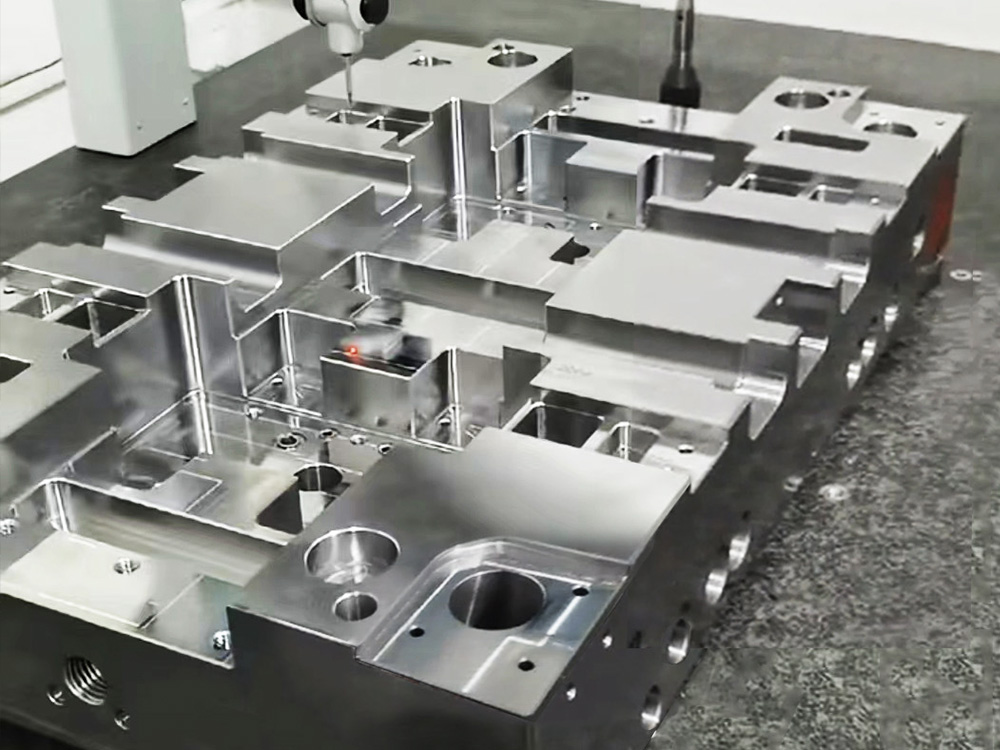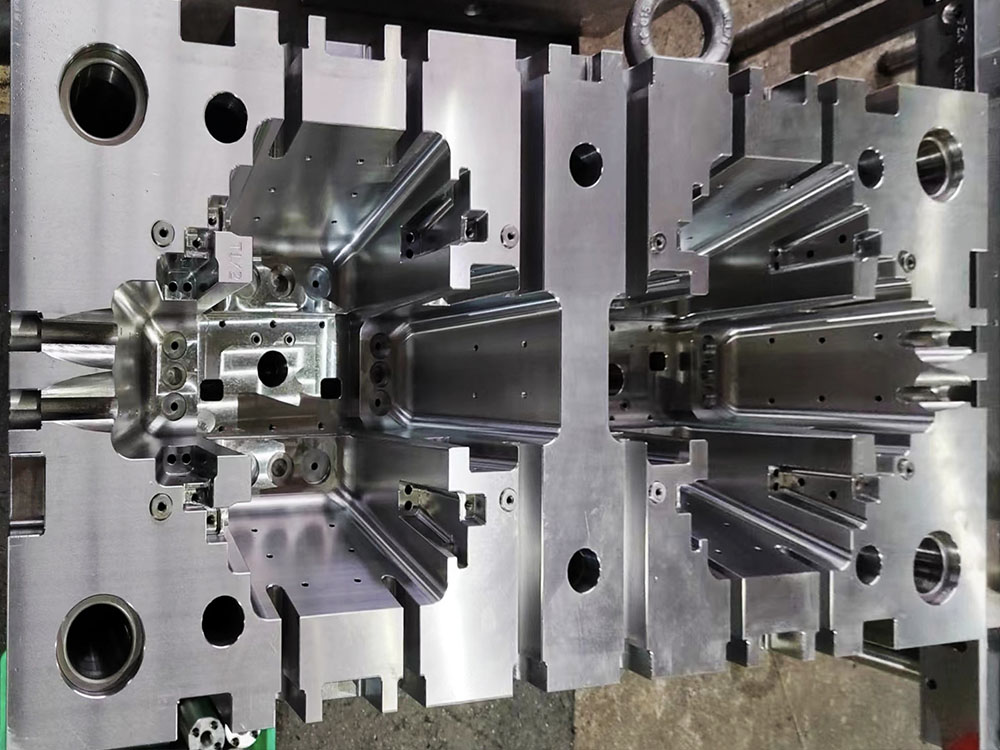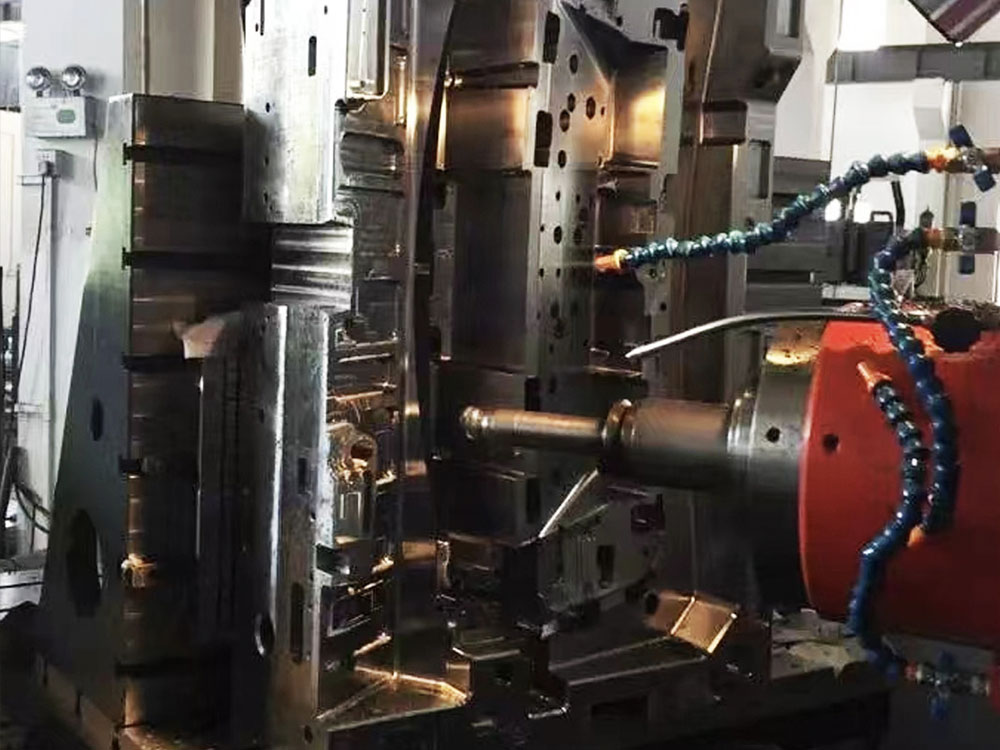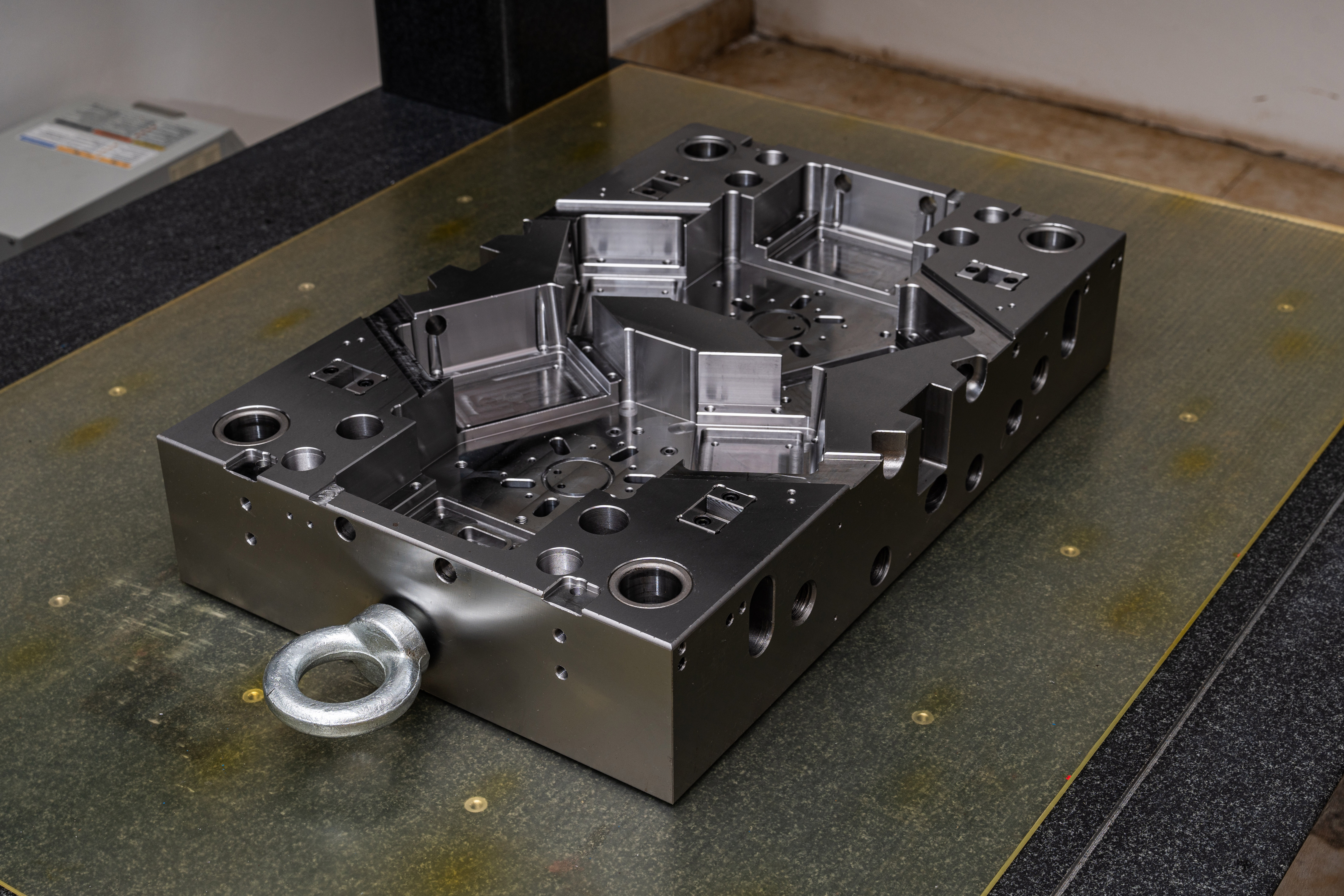Mold Base: Structure of Injection Mould
Injection molding is a widely used manufacturing process for producing plastic parts. In this process, a molten plastic material is injected into a mold cavity, where it solidifies and takes the shape of the cavity. The mold base plays a crucial role in this process, as it provides support and guidance for the various components of the injection mold. In this article, we will explore the structure of the mold base and its importance in the injection molding industry.
1. Introduction to Mold Base
The mold base is the foundation on which an injection mold is built. It is a standardized platform that holds all the components required for the injection molding process. The mold base provides rigidity, accuracy, and stability to the mold. It acts as a support structure and ensures the proper functioning of the injection mold.
2. Components of Mold Base
The mold base consists of several components, each with its specific function. Let's explore the key components of a typical mold base:
2.1 Cavity and Core Plates
The cavity and core plates are the primary components of the mold base. The cavity plate forms the outer surface of the molded part, while the core plate creates the inner surface. These plates are precision machined to the desired dimensions and shape of the final product.
2.2 Guide Pins and Bushings
Guide pins and bushings are used to precisely align the cavity and core plates during the mold assembly. These components ensure accurate positioning and prevent any misalignment that could result in defective parts.
2.3 Sprue Bushing
The sprue bushing provides a connection between the injection molding machine and the mold. It allows the molten plastic material to flow into the mold cavity. The sprue bushing is designed to withstand high temperatures and pressures without deforming.
2.4 Ejector System
The ejector system is responsible for removing the molded part from the mold cavity. It consists of ejector pins or plates that push the part out of the mold once it has solidified. The ejector system is essential for the efficient and timely production of plastic parts.
2.5 Cooling System
The cooling system helps in controlling the temperature of the mold during the injection molding process. It consists of cooling channels and baffles that circulate a cooling medium, typically water or oil, to dissipate the heat generated during the molding process. Proper cooling is crucial for achieving high-quality parts and minimizing cycle time.
2.6 Support Pillars
Support pillars provide additional strength and rigidity to the mold base. They help in evenly distributing the clamping force and resisting the injection pressure. These pillars are made from sturdy materials such as steel or aluminum to withstand the stresses of the injection molding process.
3. Importance of Mold Base
The mold base is a critical component of the injection molding process, and its importance cannot be overstated. Here are some key reasons why the mold base is essential in the injection molding industry:
3.1 Stability and Accuracy
The mold base provides stability and accuracy to the injection mold. It ensures that the cavity and core plates are properly aligned, preventing any dimensional variations in the molded parts. This accuracy is crucial for achieving tight tolerances and producing high-quality parts consistently.
3.2 Modular Design
The mold base is designed to be modular, allowing for easy interchangeability of components. This modularity enables quick mold changes, reducing downtime and increasing productivity. It also allows for flexibility in producing different parts using the same mold base.
3.3 Cost Efficiency
By using a standardized mold base, manufacturers can significantly reduce the cost and time required for mold development. The mold base eliminates the need to design and manufacture a custom base for each mold, saving both resources and effort. Additionally, the modular design of the mold base allows for efficient maintenance and repairs, further reducing costs.
3.4 Improved Time-to-Market
The mold base streamlines the mold design and manufacturing process, enabling faster time-to-market for new products. With a standardized base, manufacturers can focus on designing the specific cavity and core plates, rather than starting from scratch for every mold. This accelerated development timeline allows companies to respond quickly to market demands and gain a competitive edge.
Conclusion
In conclusion, the mold base is a fundamental component of injection molds and plays a crucial role in the injection molding industry. Its structure consists of various components that provide stability, accuracy, and efficiency to the molding process. By understanding the importance of the mold base, manufacturers can optimize their injection molding operations and deliver high-quality plastic parts in a cost-effective and timely manner.




